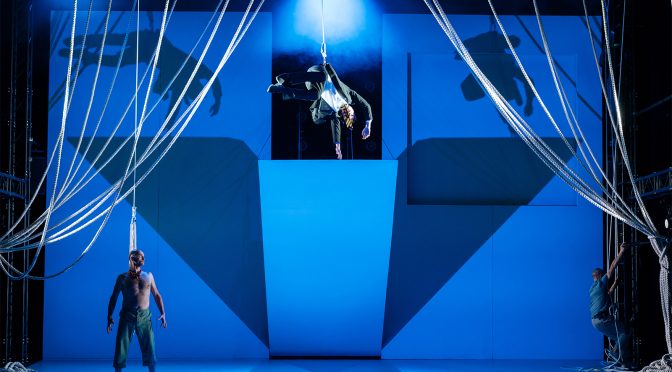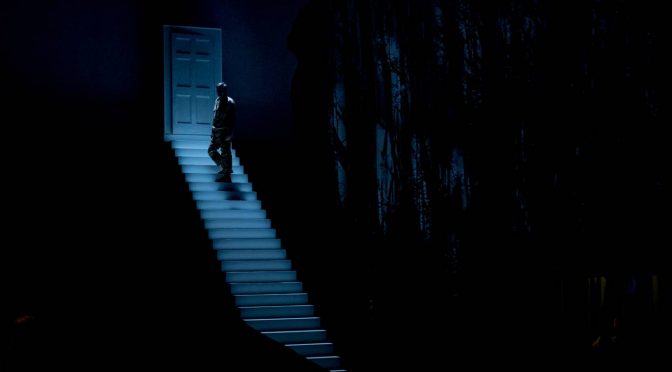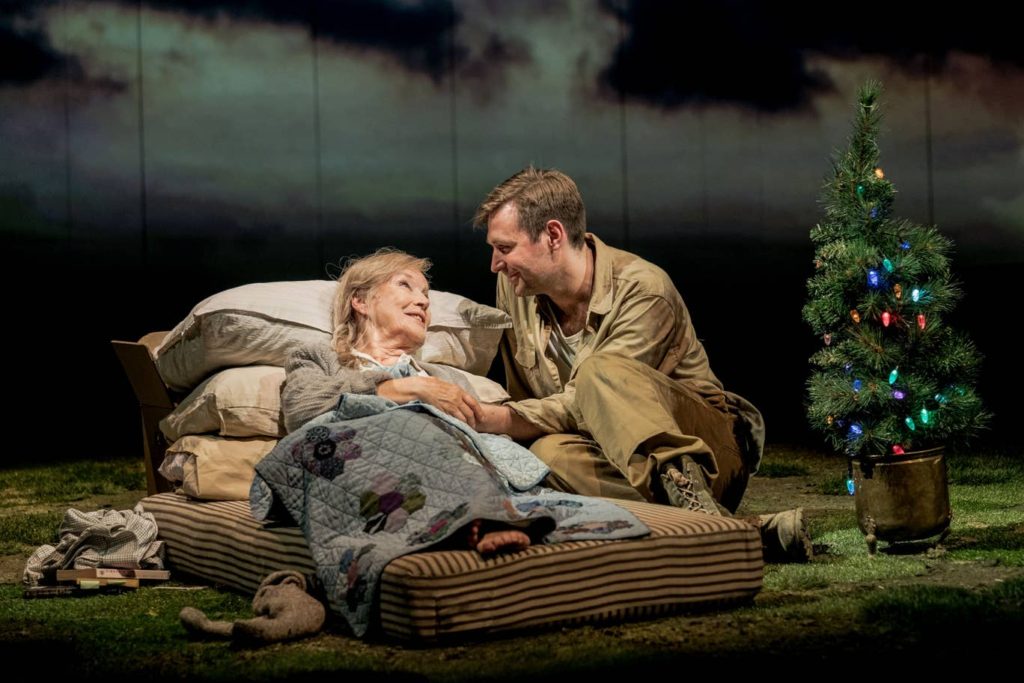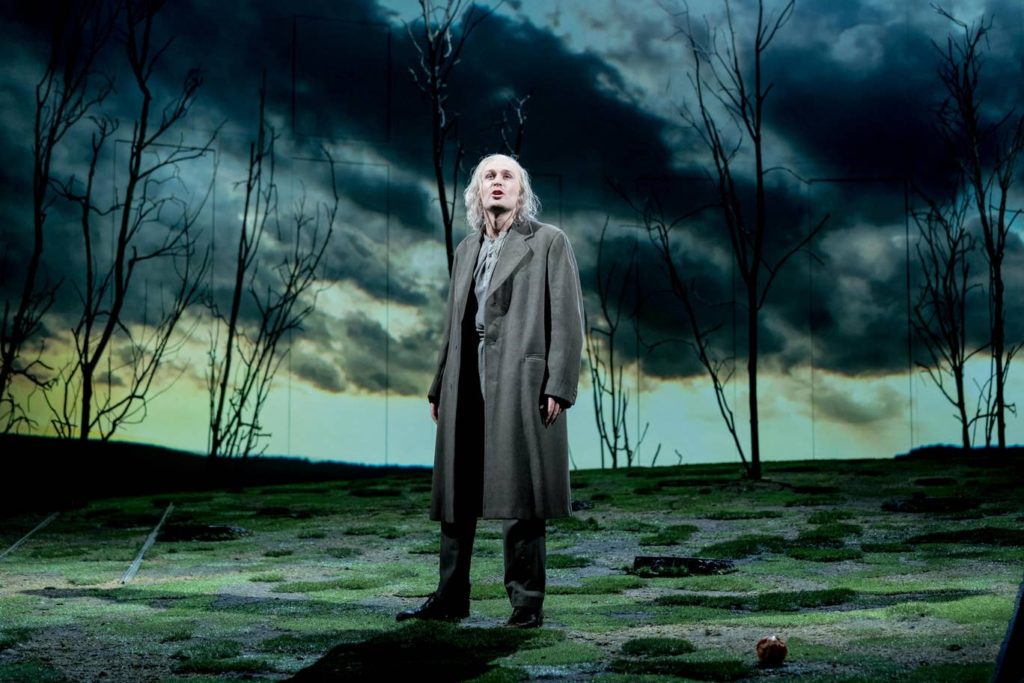Artistic Director Matthew Warcus’s Coronavirus lockdown project, entitled Your Old Vic is off to a fantastic start with this hit from 2018, co-produced with the London theatre’s namesake in Bristol.
Like the best of theatre aimed at younger audiences (the age recommendation is 10+) this adaptation of Patrick Ness’ novel appeals to all. And similar to the best of its kind – think Warhorse and Coram Boy – it tackles a tough subject we might shield children from. This story of a schoolboy whose mother is dying of cancer is tough stuff. Yet it’s brilliant from start to finish.
Anchored by wonderful performances from Matthew Tennyson, as Conor, Marianne Oldham as his mother and Selina Cadell as his Grandma, the play is honest about the complicated emotions that surround a long illness. The monster of the title is, of course, cancer. But the play also contains a pretty scary Yew Tree (Stuart Goodwin) who takes Conor on a journey of self-discovery.
Although the ensemble has some bumpy moments, three stories told by the tree and performed by all, means a lot of roles are covered by the small cast. Hammed Animashaun and John Leader impress as a Prince and an Apothecary as well as bullies in Conor’s ordinary life. Ness makes the important point that Conor’s problems at school continue. Other troubles don’t go away when cancer arrives.
In using fantasy and story-telling to reveal the truth, Ness tackles the anger and fear around loss for all his characters. Frequently violent, like many fairy tales, you might share Conor’s scepticism about allegorical touches. But with wit and twists we becomes convinced that “stories are the wildest things”. A sense of danger gains dramatic momentum in every scene.
Matching Ness’ imagination, the ideas for the show – inspired by Siobhan Dowd, devised by the company and directed by Sally Cookson – fill the stage with invention. Dick Straker’s brilliant projections and the sophisticated score from Benji Bower complement a simplicity to the staging that uses ropes to suggest the tree and many props. Technically brilliant, frequently beautiful, the shows very creativity serves as a hopeful note to help us through its emotional turmoil.
Until 11 June
Photo by Manuel Harlan




